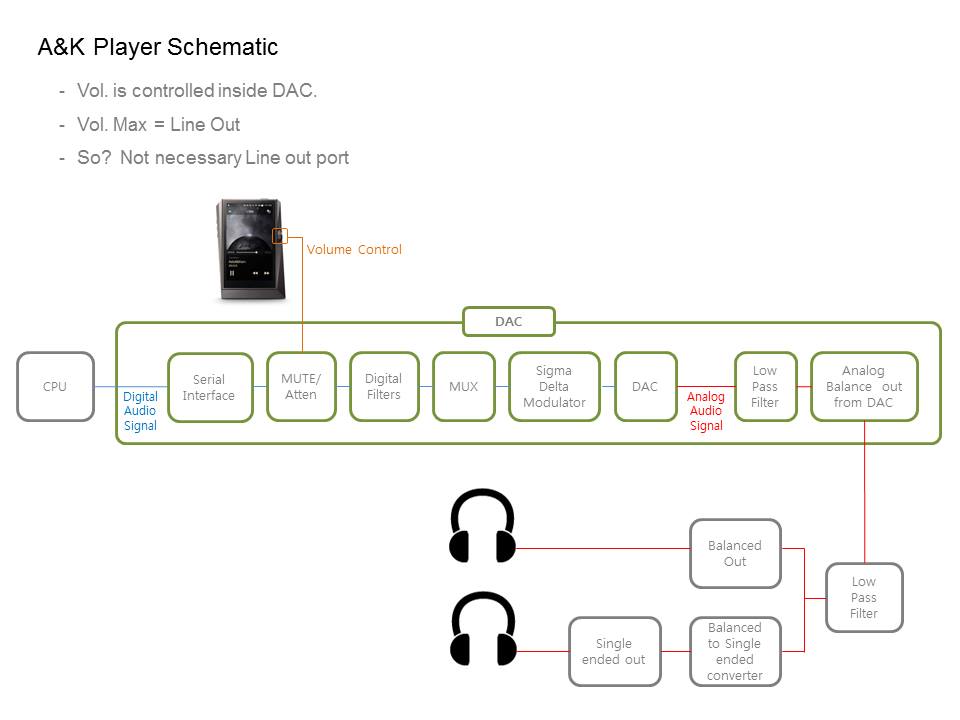riverlethe
100+ Head-Fier
- Joined
- Aug 10, 2007
- Posts
- 484
- Likes
- 48
It sucks because many people can't afford it.
DSD is intrinsically superior to PCM for sound quality. That is simply a fact.
Umm, that is not even close to a fact.
It sucks because many people can't afford it.
DSD is intrinsically superior to PCM for sound quality. That is simply a fact.
DSD much better matches the dynamic resolution of real audio. Indeed, it is much higher in terms of total resolution as compared to PCM. Early DSD (64x) on SA-CDs aren't THAT much better because much of its bandwidth is "wasted" on noise shaping. DSDx128 and above addresses that shortcoming, and much better than PCM.
You just made that up, right?
https://en.m.wikipedia.org/wiki/Nyquist–Shannon_sampling_theorem
Edit: DSD only exists because Sony wanted a format they could copy-protect.
 It was a great scam though. I fell for it once and lost money.
It was a great scam though. I fell for it once and lost money.
DSD is intrinsically superior to PCM for sound quality. That is simply a fact.
See http://www.akm.com/akm/en/product/datasheet1/?partno=AK4497EQ
This chipset looks interesting, it's spec already appears elsewhere on the net. However not that many here are are interested in DIY kits and also there are neither a commercial product that I am aware of or a DIY kits based on the chipset available as yet. Maybe later this year, in the meantime I am enjoying my dual AK4490.
Cheers.


It doesn't do native DSD, no. It must convert DSD streams into a multibit format first.
I'll also point out that the ONLY way for your typical commercial D/A chip to handle native DSD is to completely bypass ALL of its internal filters and volume control modules, as those manipulations are completely impossible within the 1-bit realm. Filtering can only happen in the analog realm, after the D/A stage.
SO many lies and misinformation on this topic.
DSD sucks
Thanks for the heads up... I guess... :rolleyes:Almost everything contained in this thread is either a gross oversimplification or flat out wrong, or both, (especially likely to be both if it comes from GUTB). Just sayin.

I don't think I need a link to support the proposition that trying to compare the sound of dac chips without any reference to their implementation is a fools errand, which is where the op started with this thread. No chip has a "sound" on its own. The only sound any chip makes without a shedload of other variables that have to be specified before any meaningful comparison could be made between them would be if you dropped them on the floor. I don't have a hyperlink for that, sorry. And I think GUTB's posts speak for themselves. No hyperlink needed to prove he doesn't know what he is talking about.
Interesting "interview" about a collab between Teac & AKM (from 2015).
What struck me most was the 5 "sound-tuning" options available with the AK4490 chip...

Makes me wonder how A&K configured them* for the 300/320/380.
*Teac also went for a DAC-per-Channel cfg as is the case with the 320/380s...


